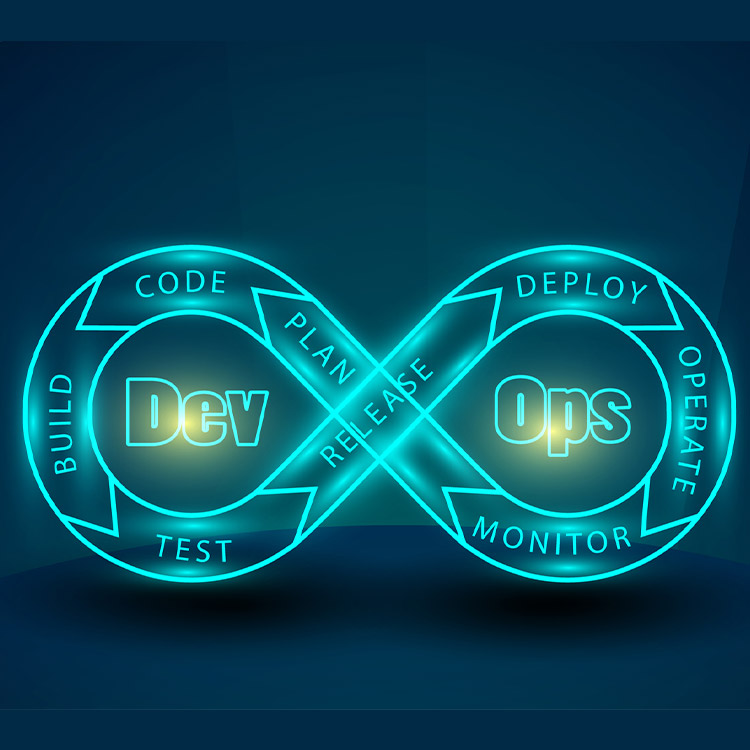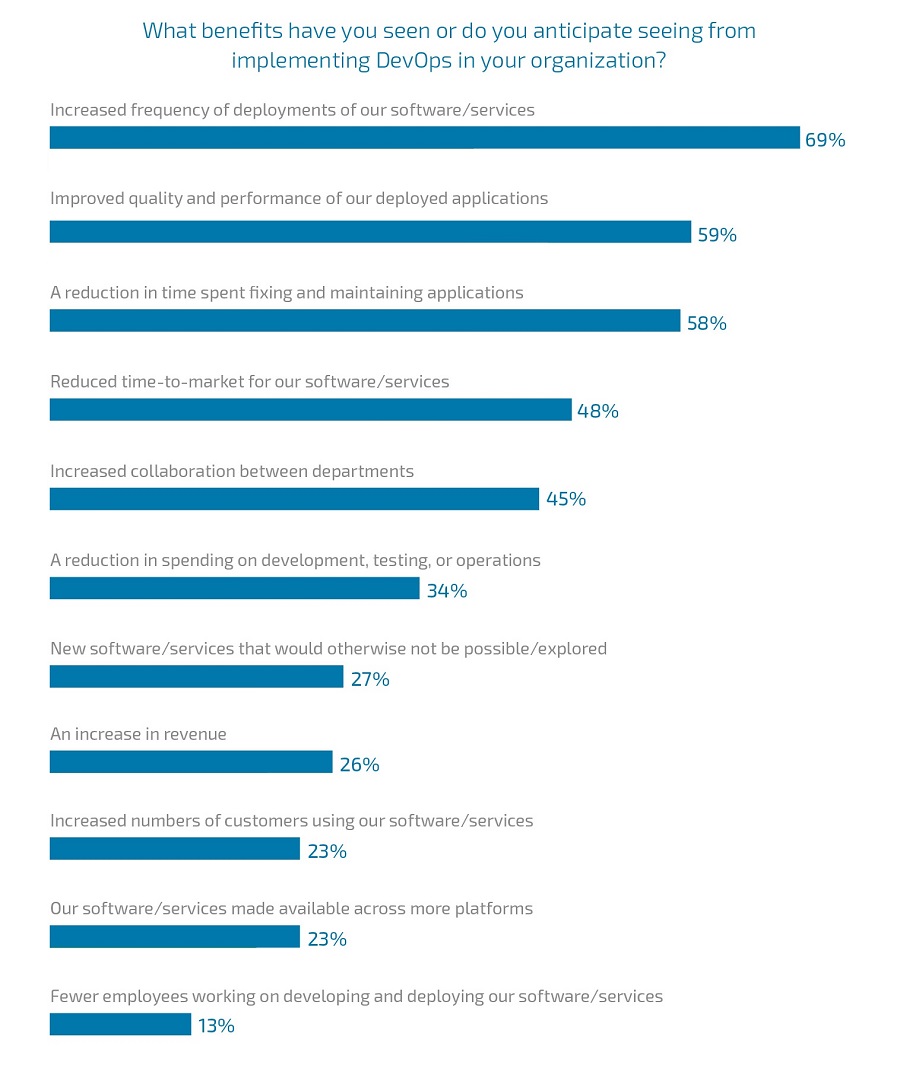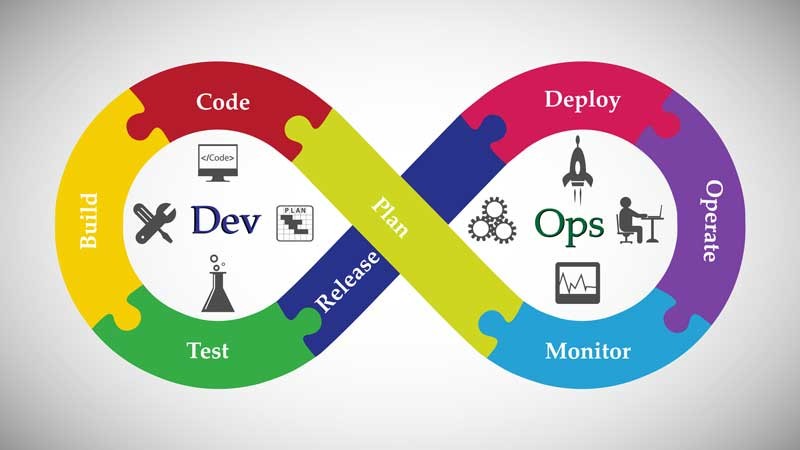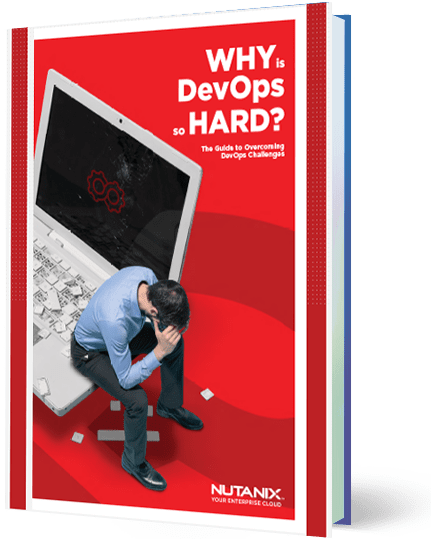Old words, when fused together, have an uncanny way of defining new phenomena.
That’s what happened when Belgian consultant, project manager and agile practitioner Patrick Debois coined the term “DevOps” back in 2009. A decade later, with the proliferation of enterprise cloud computing, DevOps has become a critical tool as companies work their way through digital transformation, digitizing business processes and accelerating product life cycles.
Still, DevOps means a variety of things to a variety of people. After more than a decade of polling DevOps practitioners, measuring the business value it brings to companies, and predicting trends, Puppet still asks “Do we know what DevOps is yet?” in its latest State of DevOps report.
But broadening the meaning of the term DevOps can lead to greater gains, according to Mark Lavi, former principal DevOps advocate for Nutanix who later joined DrFirst, Inc. as vice president of DevOps.
Typically, DevOps refers to removing friction between developers (who make up the Dev part) who build software and operations people (responsible for Ops) who have to run it.
Lavi’s definition goes much further.
"It’s about removing the friction between developers and the customer," he said.
But how exactly? And how does that translate to revenue increases?
What does DevOps mean for business? How does DevOps change how business is done (and run)?
A full 83% of IT decision makers said that their organization is implementing DevOps practices, according to the State of DevOps report. And yet, the study found that many organizations are stuck in the middle. No doubt, they’ve achieved successes in automation, self-service, etc. but they’re yet to create meaningful, holistic organizational change.
Ultimately, this leads the C-suite to believe that the DevOps implementation has failed when it might simply need to change tack or become more cross-functional.
“DevOps is whatever you do to bridge friction created by silos, and all the rest is engineering.” And so, if you’re doing technology just for the technology and you’re not trying to overcome some friction of the human kind, then you’re just doing the engineering part and you’re not doing the DevOps part,” said Debois.
Historically operating in silos, developers and IT operations professionals were often in discord, suffering from communication challenges, misaligned metrics and more. Lavi explained that software development was often many steps removed from direct customer interaction, with other departments like sales and marketing or business operations forming a many-layered buffer.
“Successful software development needs to understand how each of those layers interacts with each other – it’s all part of the sequence of delivering customer value,” said Lavi.
From this point of view, bringing software and operations teams together introduces agility, shared ownership and automation into the process of building and running software, but that’s just the beginning. Applied more broadly, Lavi said DevOps can speed a company’s ability to create essential new features of the business itself. How can today’s businesses get there?
What benefits does DevOps bring to business?
Technology, data, and software drive the business world today. The ability to develop software and deliver it efficiently to the right users at the right time is a key differentiator for an information-driven business.
DevOps provides the tools and techniques to do this right. Improvements in product performance, quality of service, customer experience, customer satisfaction, and sales are some of the benefits that businesses reap as a result of integrating DevOps into their software development life cycle (SDLC).
More specifically, these benefits include:
Faster Delivery and Time to Market
Continuous delivery and deployment are the new realities in software development. With DevOps practices, only specific parts of the code are changed, leading to shorter release cycles. And even that is topped off with automation. Developers can build and integrate new code to product modules almost instantaneously with automated continuous integration/continuous deployment (CI/CD) pipelines. QA is also included as part of this pipeline.
With an efficient SDLC, go-to-market timelines for the product are greatly reduced. For new products, beta testing and launches take place quickly and smoothly.
High Quality Software
The collaborative nature of development, testing, and deployment ensures timely and continuous feedback from customers and early adopters. The agile development cycle ensures errors in code are detected and fixed quickly. DevOps best practices also ensure proper identification and mitigation of security and regulatory risks.
Ultimately, all of this leads to fewer implementation failures, less bugs and defects, and timely introduction of new product features. Quality is built into the product right from the beginning of development because all stakeholders are fully aware of the user needs as well as goals of the project.
Better Communication, Cooperation, and Collaboration
DevOps focuses on collective goals, team-based outcomes, and collaborative success as opposed to individual milestones. It paves the way for business agility and integration across different cross-functional teams – even those distributed across different regions. The process is always greater than the individual, team, or department. As a result, teams and departments are always working towards business and project objectives – they all share responsibility for meeting quality standards and deadlines.
In fact, building cross-functional teams is simpler – designers, developers, testers, and operations staff all understand their roles and responsibilities throughout the duration of the project.
The ultimate goal of DevOps is to deliver value over efficiency. When the silos between development, product, sales/marketing, and the operations teams break down, the chances of overall success skyrocket.
A Culture Built on Trust
DevOps fosters a working environment that activates and engages employees. An open and high-trust culture encourages experimentation and critical thinking for improvement of current processes and best practices. When personnel have leeway to take risks, they learn from successes as well as failures and help the business gain a greater tactical advantage over the competition.
Another significant cultural advantage of DevOps is knowledge sharing. New employees benefit from the cumulative experience of others. They are able to learn quickly and iterate at breakneck speeds. Skills and knowledge are soon multiplied – and local enhancements can be transformed into global processes.
The best part is, all team members can see the results of their work for themselves. This keeps them motivated and increases the scope for constant innovation in production as well as operations.
A Rich Customer Experience
DevOps integrates not only the technology, processes, and employees of a business but also its customers. Applications are developed keeping in mind the end user’s needs at all times – every feature of the product is designed to maximize customer satisfaction. This deepens the brand-customer relationship like no other process.
“Ultimately, we’re fighting for the absolute best services and features that we can deliver to our customers as quickly as we possibly can, and to eliminate the ‘War Room’ scenario we are all so familiar with,” Brett Hofer, Global Practice Director, Enterprise Solutions Architecture at Dynatrace, explained in a blog post.
Ultimately, it all boils down to what ends and to what extent people make use of DevOps practices. “From the operations perspective, if you’re in management, the most important thing you can do is make sure your teams have an obvious purpose and identity – and have well-defined interactions between them,” said Nigel Kersten, CTO at Puppet.
DevOps is much more than tools and automation
Many of the pioneers in DevOps have been web-scale, software-based companies, Amazon and Netflix being a couple of notable examples. As these teams constructed vast distributed systems, they found many functions that old-school enterprise development tools simply weren't built to provide.
As a result, the story of DevOps has been partly a story of new tools: automation, orchestration, containers, packaging, monitoring, and more.
Web-scale development has a bit of Wild West flavor as those pioneers created (and often open-sourced) their own toolsets to operate at this new scale. Amazon could deploy new software to production every 11.6 seconds as far back as 2011. Just imagine what their deployment frequency is today!
The Puppet report found that more than 90% of the firms they categorized as “highly evolved” had automated most – if not all – of their repetitive tasks. However, being great at automation doesn’t necessarily make a company good at DevOps.
Lavi stresses that the real value of DevOps doesn’t lie in the size or budget of the company, the pipeline of tools available to them, or in the conjoining of development and operations. Rather, it lies in the business functions that technologies and processes ultimately enable.
Documenting all the tools and technologies allows for simplification, integration, and creation of automated workflows in the future.
"We work with really advanced practitioners of DevOps – they’ve had to string together a whole bunch of wonderful different tools that were never designed to inter-operate together," Lavi said.
Map Two-Way Value Chains
Going beyond tools toward a more advanced DevOps mindset also means mapping the company's value chain.
“If you don’t know the process of how you produce your goods – all the way back from the original creators and authors [forward] – then you can’t actually understand whether or not you’re doing it in an efficient manner, or if there are any process improvements that can be done," he said.
Good mapping, on the other hand, enables good measurement.
And that which can be measured can be improved.
True DevOps is a two-way street. Organizations sometimes focus their efforts on the speed and frequency of deployment. That’s valuable, but it’s equally important to improve the speed of information coming back from the customer. The better this feedback loop, the more software will deliver what customers really want, which unlocks revenue and profit.
“If we don’t have that feedback, then how do we know the developers or engineers, or product management, or business development folks, or any of our leadership is actually encompassing the consumer experience and their feedback and their needs?” asked Lavi.
Lavi’s agile engineering team thrives on customer feedback. They reprioritize work in order to help customers automate more of their business practices. One large customer required Nutanix Self-Service (formerly Calm), software that orchestrates how IT teams manage business applications, to do something more. They wanted to orchestrate workloads on many remote branch offices for centralized management, but the existing deployment model of Calm required it to be installed in each remote site.
“Because the Calm engineering team had a DevOps value philosophy, it could prototype, test, and release the centralized Calm control plane for the customer in a calendar quarter,” Lavi said. “By centralizing the automation operations with Calm’s new model, it saved the customer installation time and streamlined operations through centralization and automation.”
He said those DevOps efforts helped the customer keep all governance under a single interface, allowing them to more easily manage all of their remote site applications and operations.
Beyond tools and feedback loops, the DevOps mindset is really about continual improvement. “DevOps isn’t a state; it’s a constantly evolving process,” said Lavi. “Removing friction means finding all of those barriers and understanding how to deliver your business efficiently.”
BizDevOps: The Next Frontier
DevOps is propelling technology- and information-based businesses just like Ford’s assembly line drove the manufacturing industry into a new era. The DevOps culture is revolutionizing the speed, quality, and agility standards of technological production.
This has given rise to the concept of BizDevOps – which encourages business teams to work more closely with developers and operations staff to find new ways to increase revenue and be more responsive to user demands.
BizDevOps knocks down even more silos than DevOps and fundamentally changes the way technology is used and applications are developed. Business analysts and managers help define deliverables and even set priorities for agile software development sprints. The availability of granular, real-time data on customer behavior and application performance ensures the company can track and analyze business KPIs with great accuracy.
Ron van Kemenade, CIO of ING Bank, advocates starting small and scaling up with DevOps. “Going to the board and saying everything is rubbish and we need to change everything we do, and we need to throw £100m at the problem, will not work,” he said. “Starting small and being accountable for your success and showing the difference that doing things this way makes to the organization prompts the question, why not expand it a bit further?”
This is an updated article that originally published March 11, 2020.
Derek Slater is a contributing writer. His work has appeared in CIO, CSO, and other technology and business publications. Find him on Twitter @derekcslater.
Dipti Parmar contributed to the revision. She is a marketing consultant and contributing writer to Nutanix. She’s a columnist for major tech and business publications such as IDG’s CIO.com, Adobe’s CMO.com, Entrepreneur Mag, and Inc. Follow Dipti on Twitter @dipTparmar or connect with her on LinkedIn for little specks of gold-dust-insights.
© 2022 Nutanix, Inc. All rights reserved. For additional legal information, please go here.















